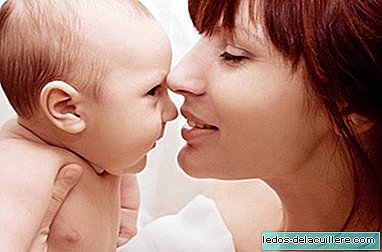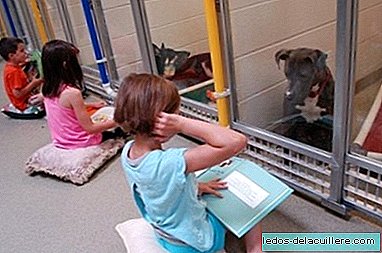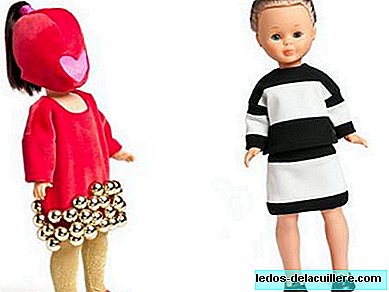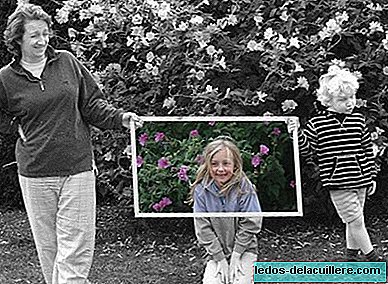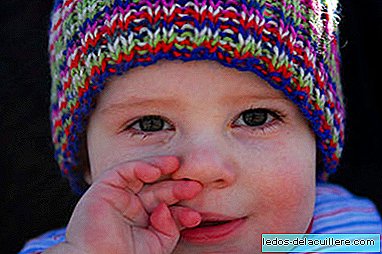
The conjunctivitis It is a very common infection in young children and babies. It is usually divided into two categories, newborn conjunctivitis and childhood conjunctivitis, with different causes and treatments for each of them. Let's look at them separately, since conjunctivitis can be infectious, allergic, irritative (caused by a foreign body in the eye) or chemical.
Conjunctivitis of the newborn baby
A few days ago we talked extensively about conjunctivitis of the newborn, about its symptoms, its causes and its treatment. Today we focus on the types of conjunctivitis, related to the origin.
- Chemical conjunctivitis: It is related to an irritation in the eye as a reaction the administration of eye drops to the newborn to help prevent a bacterial infection. Although it is very rare with today's medications, sometimes the newborn can develop a chemical conjunctivitis. Normally, the eyes are slightly red and inflamed, starting a few hours after the drops have been administered to the eyes, and lasts only 24 to 36 hours. It is usually a mild conjunctivitis and does not need treatment.
Gonococcal conjunctivitis: It is caused by a bacterium called 'Neisseria gonorrhea', which causes gonorrhea. Newborns get this type of conjunctivitis through the duct through the birth canal of an infected mother. This type of conjunctivitis can be prevented with the use of antibiotic eye drops or ointment in babies at birth. The newborn's eyes are usually very red, with thick drainage and swelling of the eyelids. This type usually begins 2 to 4 days after birth approximately. Treatment of gonococcal conjunctivitis usually includes antibiotics through an intravenous catheter.
Inclusion conjunctivitis: its cause is infection with chlamydia tracomatis. Symptoms include a moderate drainage of the eyes, redness of the eyes, inflammation of the conjunctiva and mild inflammation of the eyelids. This type usually begins 5 to 12 days after birth approximately. Treatment usually includes oral antibiotics.
Other bacterial causes: After the first week of life, other bacteria may be the cause of conjunctivitis in the newborn. The eyes may be red and inflamed with some drainage. Treatment depends on the type of bacteria that caused the infection. Treatment usually includes antibiotic eye drops or ointments, warm compresses in the eye and proper hygiene when infected eyes are touched.
Childhood conjunctivitis
Childhood conjunctivitis is an inflammation of the conjunctiva and may also include an infection. Infectious conjunctivitis can be caused by bacteria or viruses. The following are the most common causes of childhood conjunctivitis.
Conjunctivitis is the most common eye infection in children. Although most conjunctivitis is contagious (they cause epidemic outbreaks of conjunctivitis in nurseries or schools), they usually do not cause damage to the eye or vision.
- The bacteria: Most (80%) of infectious conjunctivitis are caused by bacteria that normally live in the nose or on the skin.
- The virus: the remaining cases of infectious conjunctivitis are viral.
- Allergies: the conjunctivitis that appears in spring outdoors, with more itching and burning than secretion, suggests allergy to some type of pollen. Maintained conjunctivitis, which worsens when hands are stained with dust to the eyes, suggest allergy to dust mites that live in house dust. In both cases there is usually nasal sneezing, obstruction and watery discharge.
These are the types of allergies that we can find in babies and children, but if you suspect that they have an infection or any eye problem, you have to go to the specialist to make the correct diagnosis and determine the appropriate treatment.



